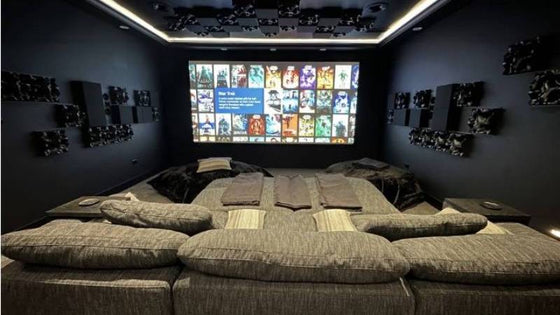Creating a system you love shouldn't be difficult. The Acoustic Frontiers blog is here to help.

Simply put, a surge protective device (SPD) is a device designed to protect against damaging and dangerous short, high voltage transients that are created by devices outside or inside the home or studio.
There are many different protection mechanisms that are used in surge protectors. The principal ones being voltage breakdown (e.g. gas discharge, voltage limiting (metal oxide varistors), bandwidthsuppressors (inductor and capacitor filters) and opto-isolation. Each has their advantages and disadvantages. Some of the best surge protectors include more than one type of mechanism.
Lightning is the most catastrophic type of surge and much has been written about it*. The National Fire Protection Agency Code 780, which specifies standards for lightning protection systems, states that SPDs must be installed at all:

The point here is to create a ‘bubble of protection’, protecting all copper lines into and out of your home.
Following general practice in the industy we recommend adopting a cascaded approach to surge protection by also incorporating a point of use device. These provide a second layer of protection from outside surges and also protect from surges that originate from within the home. Point of use devices can variously be connected via a cord to an electrical outlet, directly plugged into the outlet or installed in place of the outlet.
It is important that all surge protectors used should conform to proper quality and testing standards, in particular UL1449. Other relevant standards are UL 497C for coaxial and satellite surge protectors and UL 497A for phone lines. Do not choose a surge protector based on cost, choose it based on it’s ability to protect.
* see the IEEE’s Guide for Residential Lightning Protection, for more.
Learn how early home theater design, layout, and acoustic treatment improve performance in new home construction.
This media room was intentionally designed to feel like part of the home—not a separate, tech-heavy space. Through careful acoustic planning, equipment integration, and final calibration, we achieved a room that is both beautiful to live in and immersive to experience.
"No other subwoofer system I’ve owned even comes close to what this room delivers. Reaching out to Acoustic Frontiers was one of the best decisions I’ve made—I highly recommend working with them if you want to get the most out of your theater."

Nyal Mellor, Founder, Acoustic Frontiers



Nyal Mellor
Author